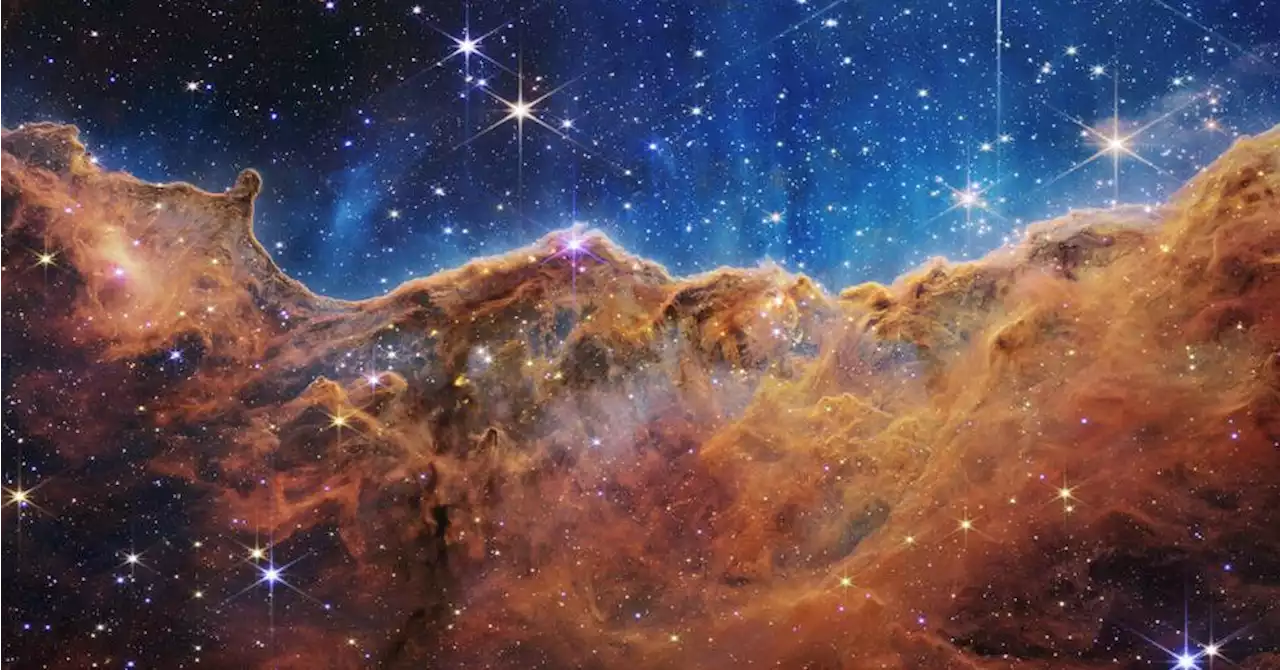It actually seems like a clever system.
published in 2017 mentions “event-driven science operations,” which is pretty much exactly how the documents describe the JavaScript-based system., saying that it can hold somewhere between 58.8 and 65 gigabytes of actual scientific data. Wait, did I forget to mention that? Yes, this telescope’s solid state drive has around the same capacity as the one that was available in, we’re not here to talk about the JWST’s storage.
Well, NASA’s document says that this way of doing things gives “operations personnel greater visibility, control and flexibility over the telescope operations,” letting them easily change the scripts “as they learn the ramifications and subtleties of operating the instruments.
If you’re still worried, do note that the Space Telescope Science Institute’s document mentions that the script processor itself is written in C++, whichknown for being... well, the type of language you’d want to use if you were programming a spacecraft. And it’s obviously working, right? The pictures are incredible, no matter what kind of code was run to generate them.
for being so slow and wishing that someone would just blast JavaScript into space, you can remember that NASA has, in fact, done that.
United States Latest News, United States Headlines
Similar News:You can also read news stories similar to this one that we have collected from other news sources.
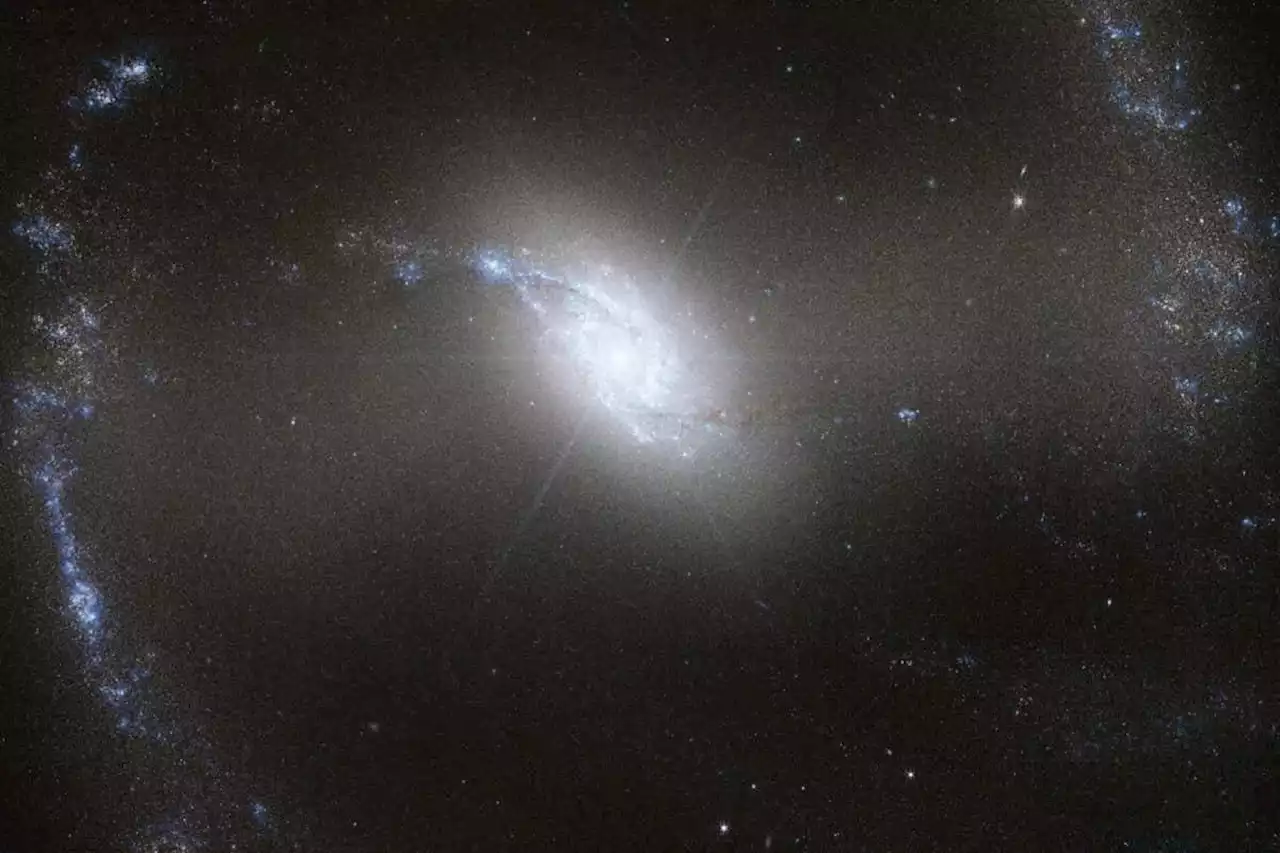 JWST has captured a sparkling galaxy full of intense star formationThe Great Barred Spiral Galaxy has some of the most extraordinary regions of star formation of any galaxy we’ve found, and the James Webb Space Telescope has snapped its picture
JWST has captured a sparkling galaxy full of intense star formationThe Great Barred Spiral Galaxy has some of the most extraordinary regions of star formation of any galaxy we’ve found, and the James Webb Space Telescope has snapped its picture
Read more »
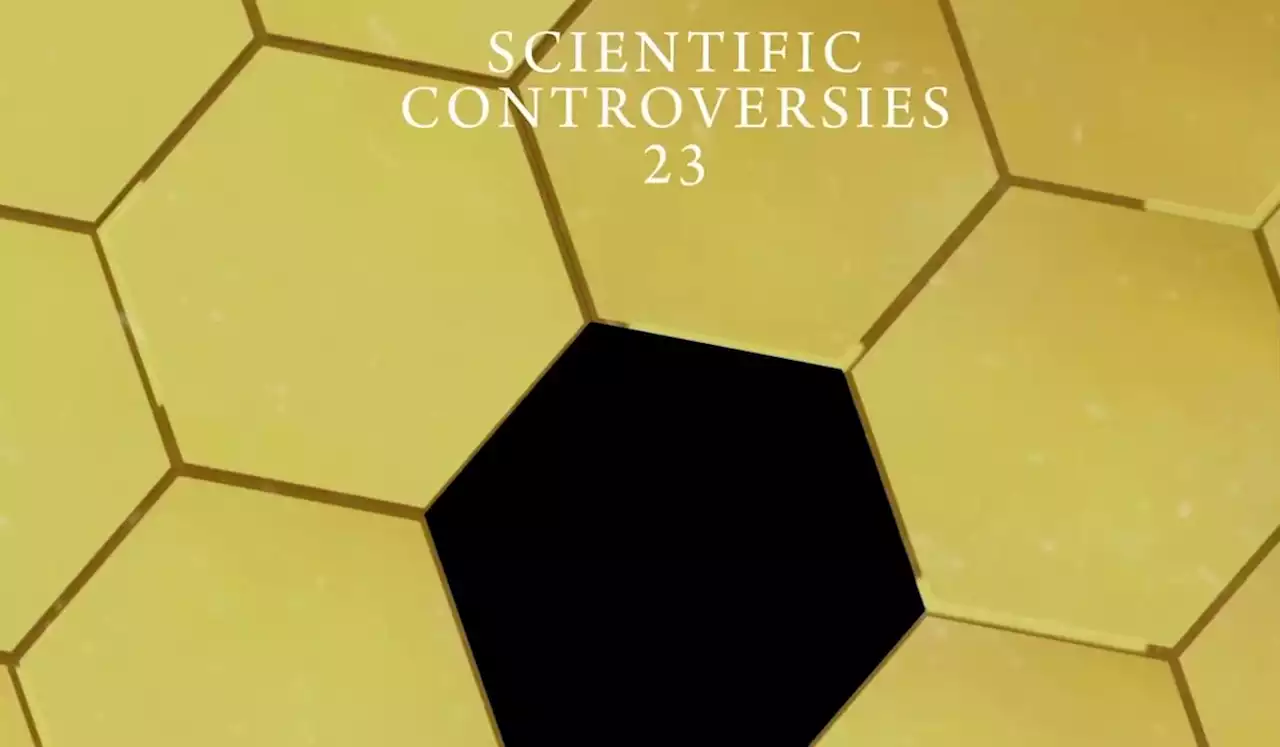 Watch JWST Scientists Discuss the Space Telescope's Stunning DebutWATCH: A discussion about the past, present and future of JWST featuring scientists working with the telescope, John Mather and Wendy Freedman. Hosted by JannaLevin director of sciences at PioneerWorks_ 📽️
Watch JWST Scientists Discuss the Space Telescope's Stunning DebutWATCH: A discussion about the past, present and future of JWST featuring scientists working with the telescope, John Mather and Wendy Freedman. Hosted by JannaLevin director of sciences at PioneerWorks_ 📽️
Read more »
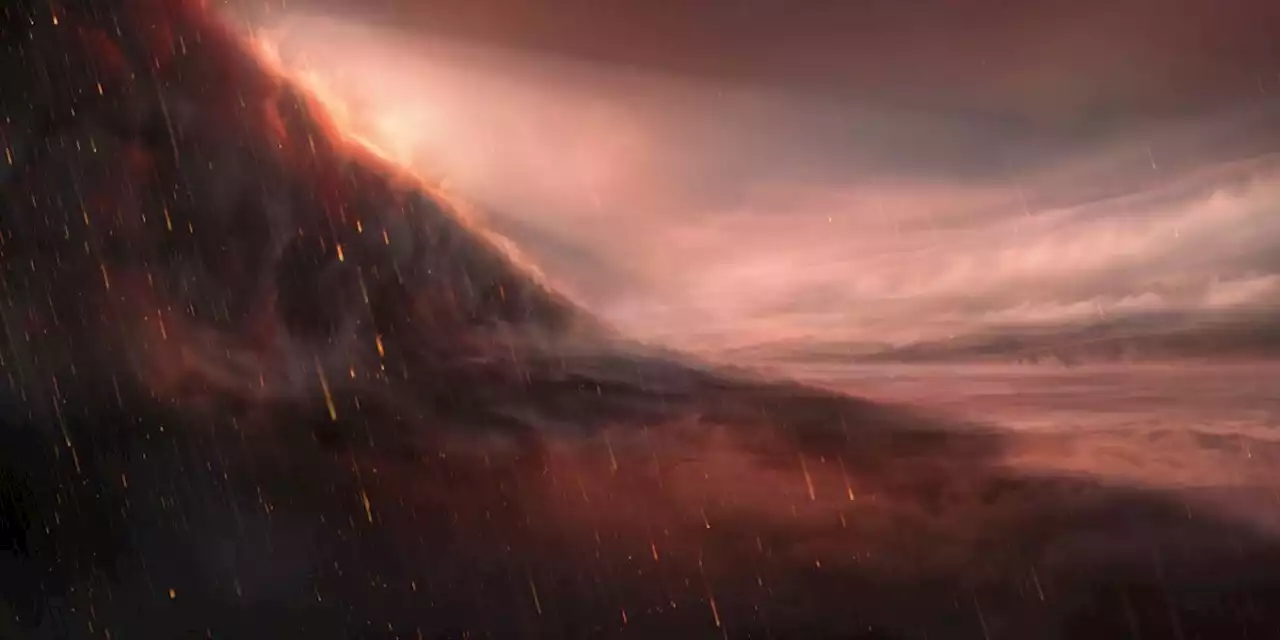 James Webb Space Telescope will seek clouds of vaporized gems on exoplanetsAstronomers are looking for clouds made of vaporized gems and metals on faraway exoplanets.
James Webb Space Telescope will seek clouds of vaporized gems on exoplanetsAstronomers are looking for clouds made of vaporized gems and metals on faraway exoplanets.
Read more »
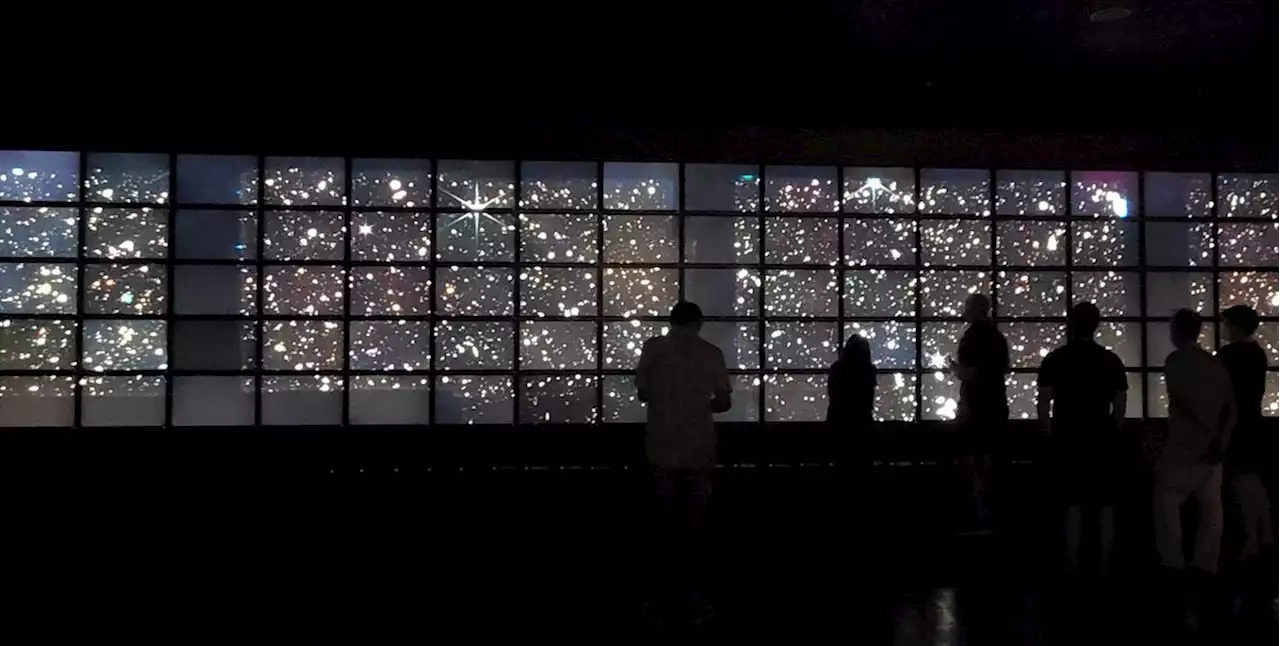 Here's the Largest Image JWST Has Taken So FarA team of scientists using the James Webb Space Telescope have just released the largest image taken by the telescope so far. The image is a mosaic of 690 individual frames taken with the telescope’s Near Infrared Camera (NIRCam) and it covers an area of sky about eight times as large as JWST’s First Deep … Continue reading 'Here’s the Largest Image JWST Has Taken So Far'
Here's the Largest Image JWST Has Taken So FarA team of scientists using the James Webb Space Telescope have just released the largest image taken by the telescope so far. The image is a mosaic of 690 individual frames taken with the telescope’s Near Infrared Camera (NIRCam) and it covers an area of sky about eight times as large as JWST’s First Deep … Continue reading 'Here’s the Largest Image JWST Has Taken So Far'
Read more »
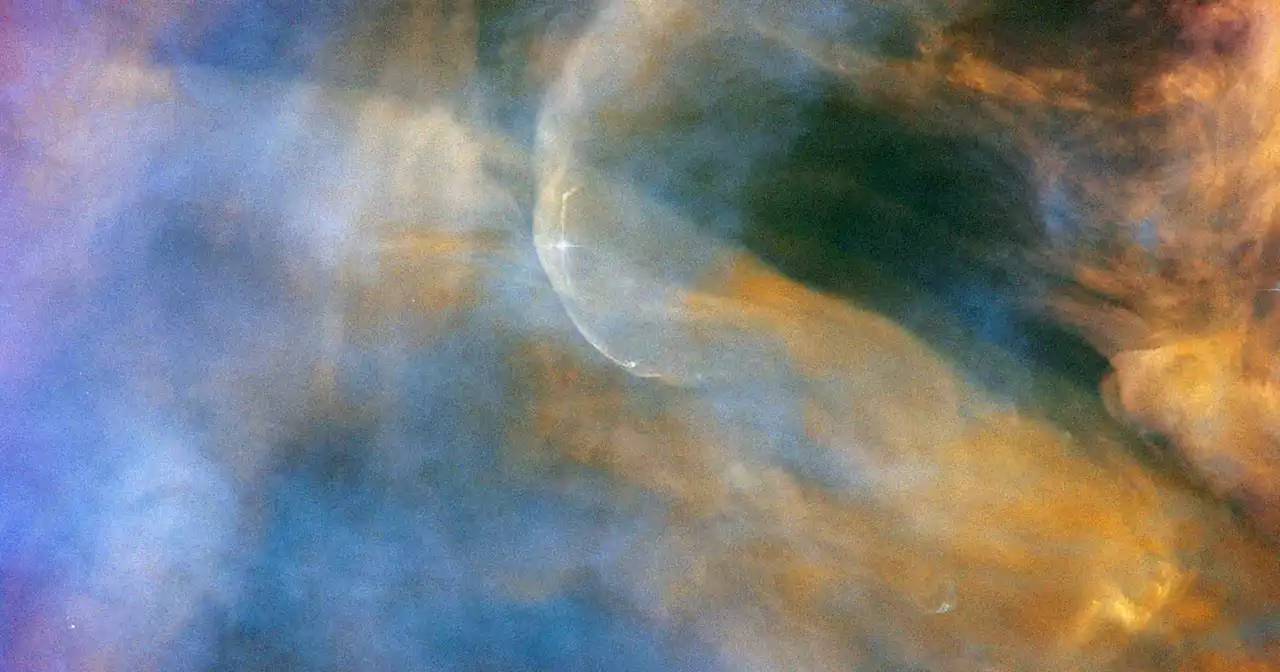 Hubble Gives JWST a Run for Its Money With Gorgeous 'Celestial Cloudscape' PhotoNASA's Hubble Space Telescope may be quite a bit older than its successor, but as an incredible new image goes to show, it's still delivering.
Hubble Gives JWST a Run for Its Money With Gorgeous 'Celestial Cloudscape' PhotoNASA's Hubble Space Telescope may be quite a bit older than its successor, but as an incredible new image goes to show, it's still delivering.
Read more »
